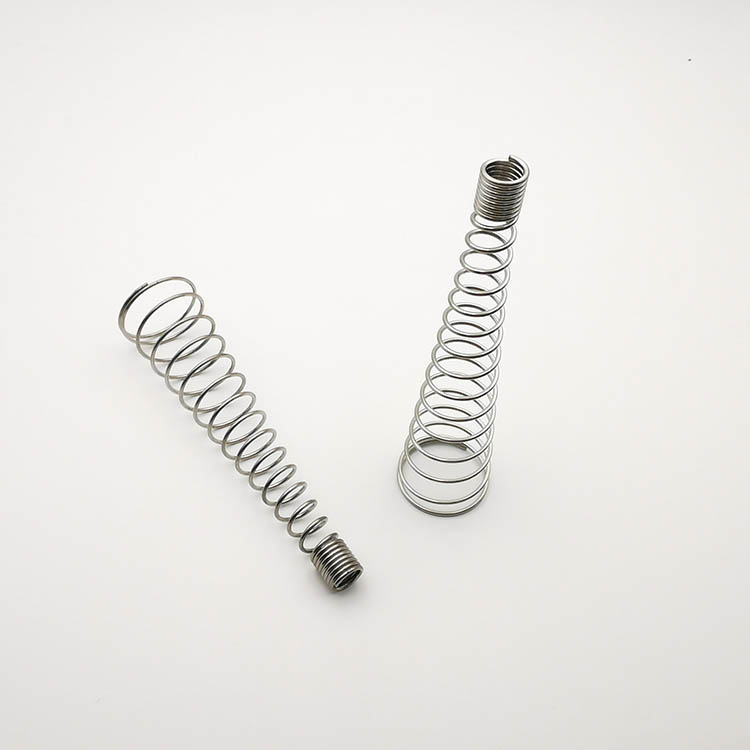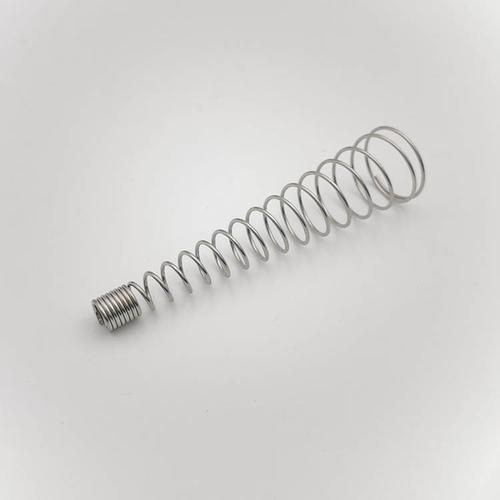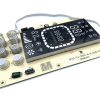
Zinc-plated Compression Springs: A Cost-Effective Solution for Industrial Needs
Are you looking for a cost-effective and reliable solution for your industrial spring needs? Look no further than zinc-plated compression springs! These versatile components offer superior corrosion resistance, durability, and performance in a wide range of applications. In this comprehensive guide, we'll explore the benefits of zinc-plating, the manufacturing process, and how to choose the right zinc-plated compression springs for your specific requirements.
What are Zinc-Plated Compression Springs?
Compression springs are helical coils designed to resist compressive forces and store mechanical energy. When a load is applied, the spring compresses, and when the load is removed, it returns to its original shape. Zinc-plating is a finishing process that involves applying a thin layer of zinc to the surface of the spring, providing enhanced protection against corrosion and wear.
Benefits of Zinc-Plating for Compression Springs
Zinc-plating offers several key advantages for compression springs in industrial applications:
- Enhanced Corrosion Resistance: Zinc forms a protective barrier on the surface of the spring, preventing rust and corrosion in harsh environments.
- Improved Durability: The zinc coating helps to extend the life of the spring by reducing wear and tear caused by friction and abrasion.
- Cost-Effective Solution: Compared to other materials like stainless steel, zinc-plated compression springs provide excellent performance at a lower cost.
- Versatile Applications: Zinc-plated springs are suitable for a wide range of industries, including automotive, aerospace, manufacturing, and more.
The Zinc-Plating Process for Compression Springs
The zinc-plating process for compression springs typically involves the following steps:
Cleaning: The springs are thoroughly cleaned to remove any dirt, oil, or contaminants from the surface.
Pickling: The springs are dipped in an acidic solution to remove any oxide layer and prepare the surface for plating.
Plating: The springs are immersed in a zinc solution, and an electric current is applied to bond the zinc to the surface of the spring.
Passivation: A chromate conversion coating is applied to enhance the corrosion resistance and provide a decorative finish.
Drying: The springs are dried and inspected for quality before packaging and shipping.
Choosing the Right Zinc-Plated Compression Springs
When selecting zinc-plated compression springs for your industrial application, consider the following factors:
Material: Ensure the base material of the spring is compatible with your application requirements, such as temperature, stress, and environmental conditions.
Spring Design: Work with an experienced spring manufacturer to optimize the design of your compression spring, taking into account factors like load, deflection, and space constraints.
Plating Thickness: The thickness of the zinc coating can affect the performance and durability of the spring. Discuss your specific needs with your supplier to determine the appropriate plating thickness.
Quality Control: Choose a reputable manufacturer that adheres to strict quality control standards and can provide test reports and certifications for their zinc-plated compression springs.
Final Thoughts
At Xinzhaolang, we specialize in providing high-quality, custom-engineered zinc-plated compression springs for a wide range of industrial applications. Our experienced team works closely with you to understand your unique requirements and deliver tailored solutions that meet your performance, budget, and timeline goals.
With state-of-the-art manufacturing facilities, strict quality control processes, and a commitment to customer satisfaction, Xinzhaolang is your trusted partner for all your zinc-plated compression spring needs. Contact us today to discuss your project and experience the Xinzhaolang difference!







